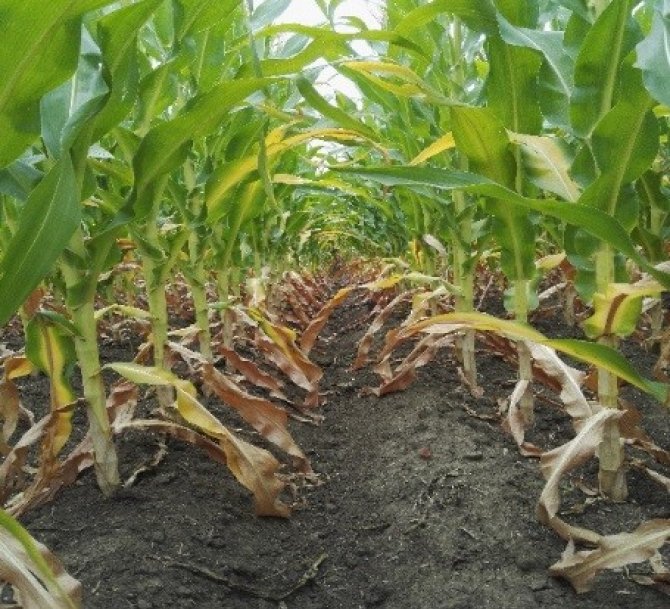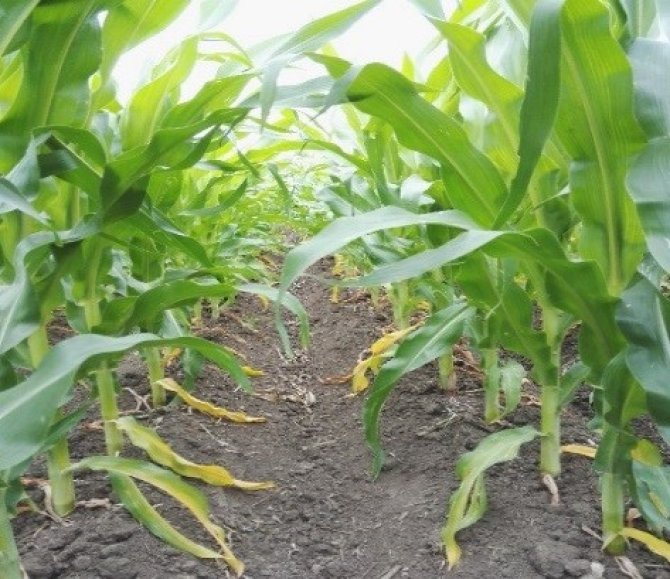
Project
How do maize plants respond to agronomic management practices?
The improvement of crop breeding and agronomic practices play important roles in alleviating food shortages by increasing maize yield. However, because of the complexity and plasticity of the maize canopy, it is still a challenge to clarify the interactions between genotype × environment × management (G*E*M). The effects of agronomic practices (e.g. planting density, N applications) on plant architecture, biomass accumulation, N translocation, and yield formation at the leaf, organs, and canopy scales will be analyzed in this project.
Background
Nitrogen (N) is one of the most important abiotic factors influencing plant growth and crop yield because N is associated with photosynthesis and crop productivity. In agriculture, the amount and efficiency of use of N fertilizer in crops is an issue of intense scientific and societal debate. Agronomic practices (e.g. planting density and nitrogen application) are vital to increasing maize yield and resource use efficiency. The effects of agronomic management practices on maize plant architecture, biomass participation, nitrogen accumulation, lighter and nitrogen relationship within the canopy, and plant/canopy photosynthesis processes will be analyzed in this project. We expect the results will advance the understanding of maize plants’ morphological and physiological responses to different environmental conditions.
Project description
In this project, a set of field experiments (i.e. two planting densities, four nitrogen levels, and six cultivars released from different eras) were conducted at Chinese Academy of Agricultural Sciences, China. We will explore the effects of agronomic management practices on canopy photosynthesis and its factors, canopy light interception, and light-use efficiency in old and new cultivars. These in turn are related to plastic and genetic variation in underlying traits. Plant architecture (e.g., leaf angle and size), leaf turnover, the distributions of light and nitrogen in the canopy, and biomass accumulation under different crop management practices will be analyzed.
We hope to quantify the changes in maize plants in leaf, organ and canopy scales in response to planting density and nitrogen applications. The results should help improve N fertilization recommendations in crop management as well as be useful in precision phenotyping and improving the crop growth simulation model.
Results
- Maize plants tend to maintain light capture (leaf area) by increasing specific leaf area under N deficiency conditions.
- Increasing N application improved the rates of C and N reallocation from vegetative tissues to the grain sinks.
- Nitrogen application offsets the negative effects of increasing plant density partly.

